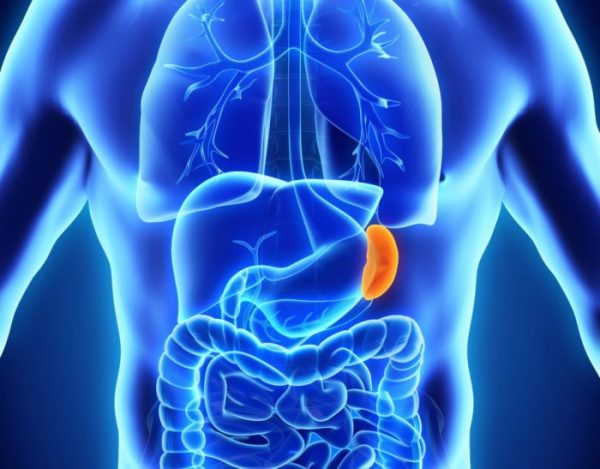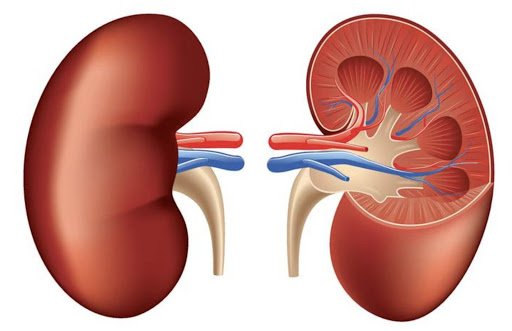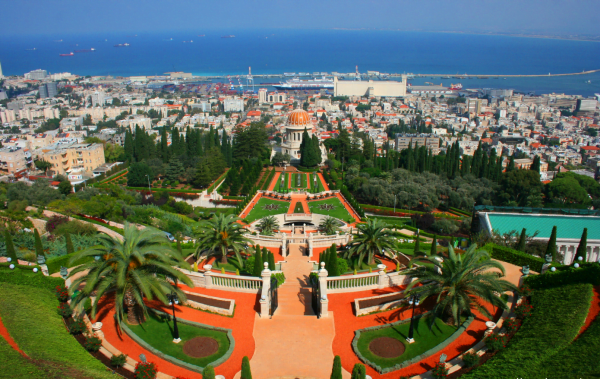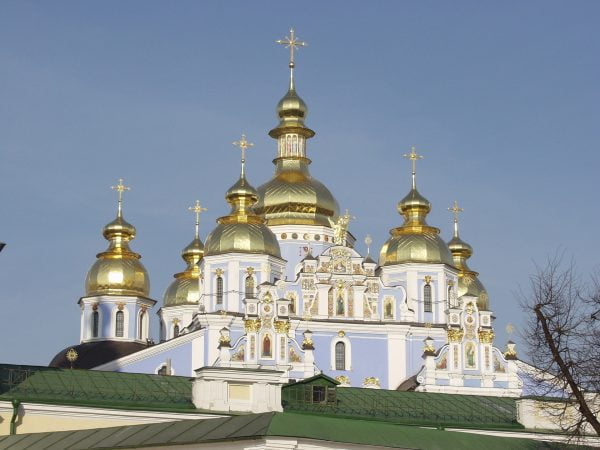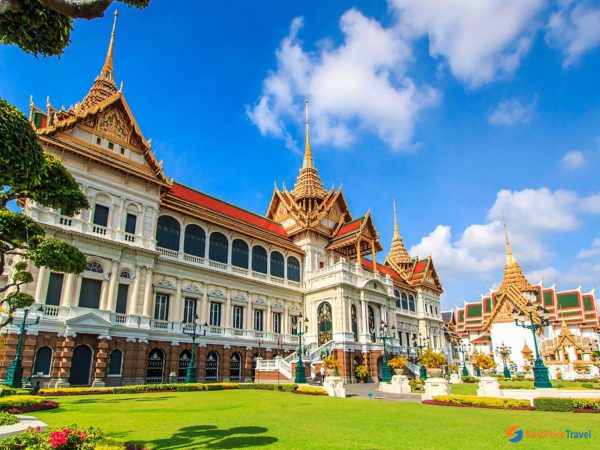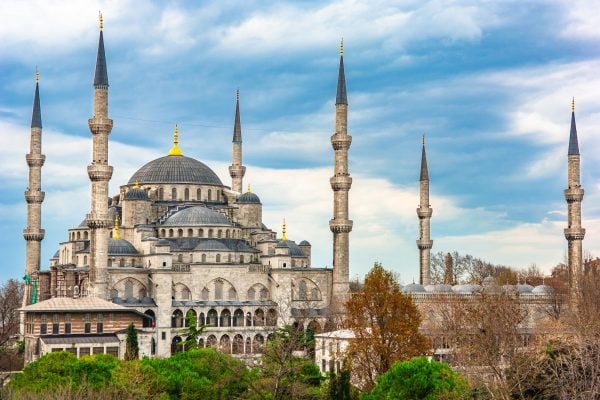ABOUT MASTECTOMY
A mastectomy is performed to treat or prevent breast cancer, by surgically removing one or both breasts.
For patients undergoing a mastectomy, a lumpectomy may be considered first as a treatment option. A lumpectomy is the surgical removal of breast tissue that contains the tumor and conserves the remainder of the breast, and is normally followed up with radiation therapy. This may not be an option for all patients, which is why many choose to undergo a mastectomy.
A mastectomy, is the surgical removal of one breast which is referred to as a unilateral mastectomy or both breasts, which is referred to as a bilateral mastectomy. With the advancement of modern techniques, the breast skin can be preserved which can help if undergoing breast reconstruction surgery.
Many patients who undergo a mastectomy may also have a breast reconstruction surgery at the same time, whilst others may wait until after the surgery to undergo reconstruction. Patients who choose to have breast reconstruction surgery at the same time, will normally need to stay in hospital slightly longer than if undergoing the mastectomy without reconstruction.
Patients who have a genetic disposition to having cancer, usually those who have a family history of breast cancer, may choose to undergo a mastectomy as a preventive measure to decrease the risk.
Recommended for
- Ductal carcinoma in situ (DCIS)/non-invasive breast cancer
- Early-stage breast cancer
- Locally advanced breast cancer
- Inflammatory breast cancer
- Paget’s disease of the breast or locally recurrent breast cancer.
- Elective mastectomy chosen by patient as a preventive measure if they are currently cancer-free, but at high risk of developing the disease
TIME REQUIREMENTS
- Number of days in hospital: 1 – 3 days.
Occasionally a mastectomy can be performed as an outpatient procedure.
- Average length of stay abroad: 1 – 2 weeks.
Patients will need at least one follow up appointment after surgery to have the surgical drains removed.

COMPARE MASTECTOMY PRICES AROUND THE WORLD
| Country | Cost |
|---|---|
| Thailand | 2820€ |
| Poland | 2579€ |
| Mexico | 2294€ |
| India | 2019€ |
| Tunisia | 2000€ |
HOW TO FIND QUALITY TREATMENT ABROAD
BEFORE MASTECTOMY ABROAD
Before the surgery, patients should discuss the surgical options and decide if they want to have breast reconstruction following the procedure, so that the surgeon can plan accordingly. One option may be to have breast reconstruction done immediately after the mastectomy, while anesthetized, although this is not an option for all patients.
Patients with complex conditions may benefit from seeking a second opinion before beginning a treatment plan. A second opinion means that another doctor, usually an expert with a lot of experience, will review the patient’s medical history, symptoms, scans, test results, and other important information, in order to provide a diagnosis and treatment plan. When asked, 45% of US residents who received a second opinion said that they had a different diagnosis, prognosis, or treatment plan.
HOW IS IT PERFORMED
Depending on the case, the surgeon may remove the full breast including the skin by creating an incision around the breast. If it is possible, a skin-sparing surgery can be performed, where the nipple is removed but other skin is preserved, and in some cases it is possible to preserve the nipple.
Sometimes, the surgeon may insert a tissue expander, to keep the skin stretched in preparation for breast reconstruction surgery. The lymph nodes in the armpit may also be removed. Depending on each patient, the breast reconstruction surgery may performed at the same time of the mastectomy.
Anesthesia
Usually general anesthetic.
Procedure duration
The Mastectomy takes 2 to 3 hours.
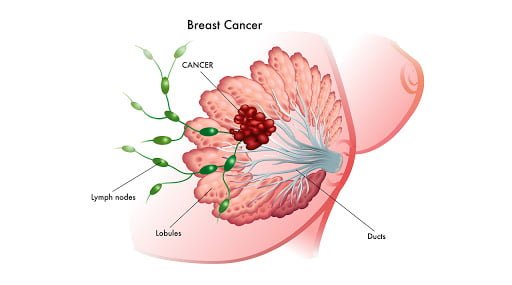
WHAT TO EXPECT AFTER MASTECTOMY
Post procedure care
The patient will usually spend some time in the recovery unit where blood pressure and breathing is monitored. Once stable, the patient will have their surgical site dressed and bandaged.
Most patients need a serious recovery period after a mastectomy, and should plan to spend several weeks recuperating. Most patients will need to take around 2 to 4 weeks off work.
Possible discomfort
Some discomfort is unavoidable, and patients will be given a set of exercises to keep their arm and shoulders flexible and aid recovery.
In general patients should expect fatigue, pain and discomfort for at least the first week after the procedure.
IMPORTANT THINGS TO KNOW ABOUT MASTECTOMY
Potential risks
- Bleeding
- Infection
- Pain
- Swelling
- Poor scar tissue formation
- Shoulder pain and stiffness
- Numbness, particularly under your arm
- Hematoma
FREQUENTLY ASKED QUESTIONS
You will be given instructions on when to arrive at the hospital and any preparations you need to make. Mastectomy is usually performed under general anesthesia, so you will not be awake during the procedure and you will feel no pain. A mastectomy without reconstruction lasts approximately 1 to 3 hours. “Mastectomy” is an umbrella term that can refer to several different procedures, and your surgeon should discuss the specifics of the procedure with you beforehand.
After the procedure, the incisions are closed with stitches and there will be a dressing with bandages over the incision site. The surgeon may place surgical drainage tubes that will need to be removed later. You will be taken to a recovery room afterward. There may be some pain, pinching, or numbness in your chest that will go away within a few days. You will be given instructions on your aftercare.
Mastectomies are usually performed by surgeons who specialize in breast cancer operations. They may also be performed by surgeons with special training.
Mastectomy bras are designed to mask the loss of breast tissue as a result of the procedure. Many have a prosthetic breast built-in or have a pocket designed to hold one. There are a number of websites selling them online in a wide variety of styles. They tend to be more expensive than regular breasts because they are specially-made and contain the prosthetic.
Mastectomy drains are small plastic tubes that may be inserted during the surgery to help drain fluid that accumulates in the surgical area. They are usually removed within a week of the surgery, however, it depends on the healing process. During your recovery, you will be advised on how to care for them and your doctor will decide when to remove them.
Occasionally, mastectomy procedures are performed prophylactically in order to prevent breast cancer in patients that are deemed to be extremely high-risk. Your doctor might recommend this if you have a strong family history of breast cancer and certain genetic mutations associated with it. Prophylactic mastectomies can drastically reduce the risk of breast cancer but are considered an extreme measure and are reserved for the most serious at-risk patients.

